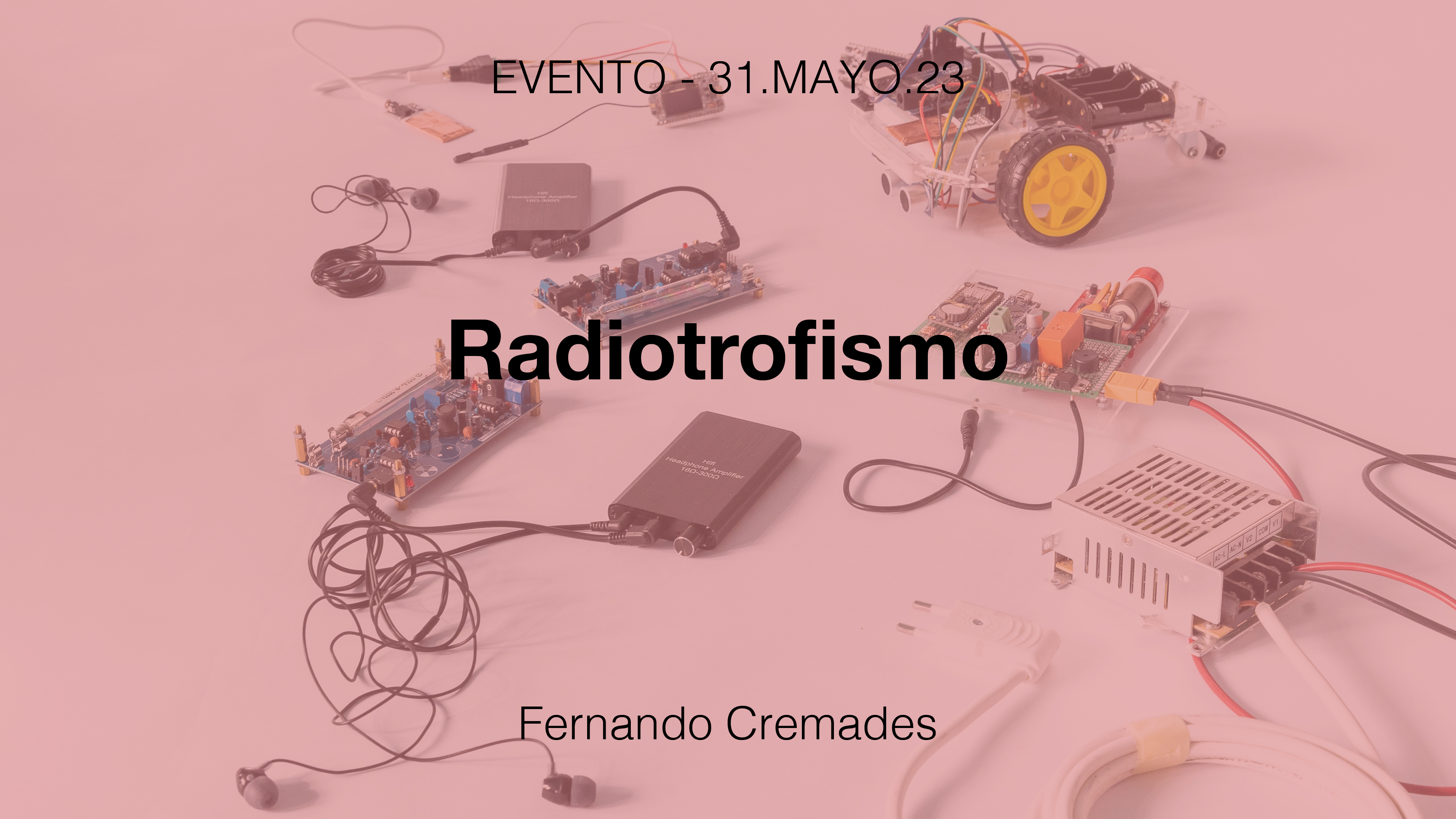Radiotrofismo

The research developed by Fernando Cremades in collaboration with Radames JB Cordero on radiotrophism, or the tendency of a living organism to grow and move towards a source of ionizing radiation, radioactivity and artistic practice, will be presented.
Exposure to ionizing radiation can cause serious illnesses in humans and animals, and few technologies are available to restore sites contaminated with radioactivity. In 1991, Ukrainian scientists discovered the presence of black fungi growing on the damaged Chernobyl nuclear reactor, later claiming that these black fungi could degrade radioactive material.
Years later, a group of scientists linked to Johns Hopkins University interested in the properties of the fungus confirmed that its black color is due to melanin and named it Radiotrophic fungus, due to its ability to generate melanin by converting gamma radiation into energy that it uses for its growth. This process was called Radiosynthesis.
The use of these black fungi presents a unique opportunity to restore sites contaminated with ionizing radiation. The natural process of growth of this fungus gives us many clues about what we can do in radioactive environments.the research developed will be presented in two blocks of work:
1º Radioactivity: How to work with an invisible presence? How can we translate it, control it and delimit it?
2º Radiotrophism: What infrastructure can we design to control and understand radioactivity? What long-term effects would there be in radioactive environments if we periodically spread spores of this living organism five, ten or fifteen years from now?



 Medialab-Matadero Madrid
Medialab-Matadero Madrid